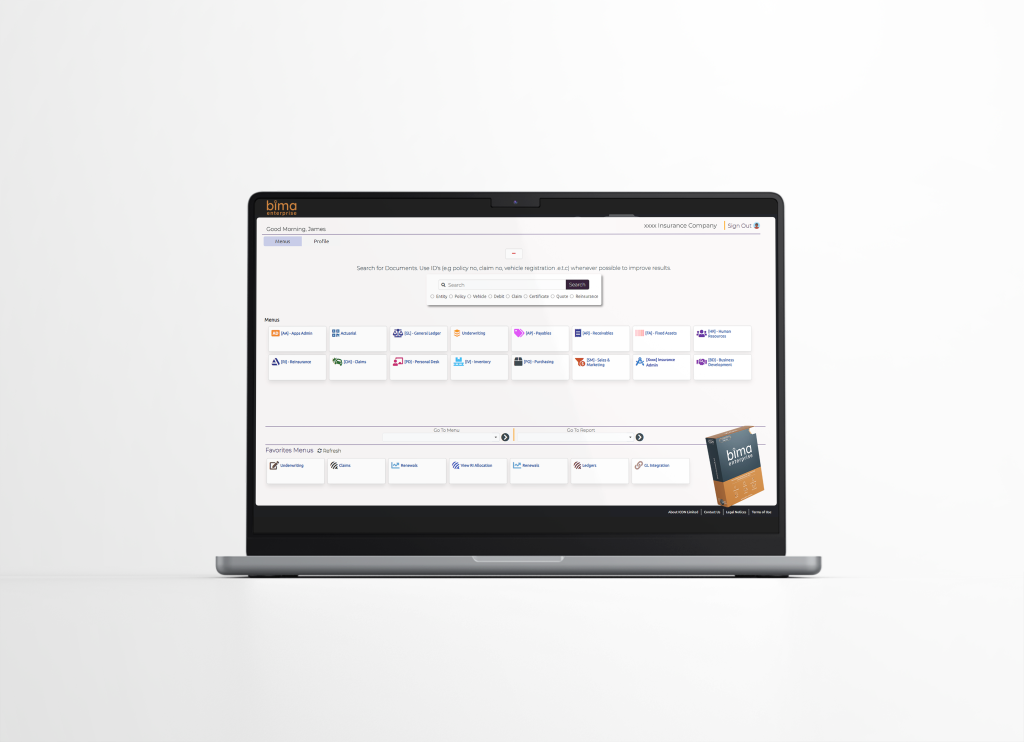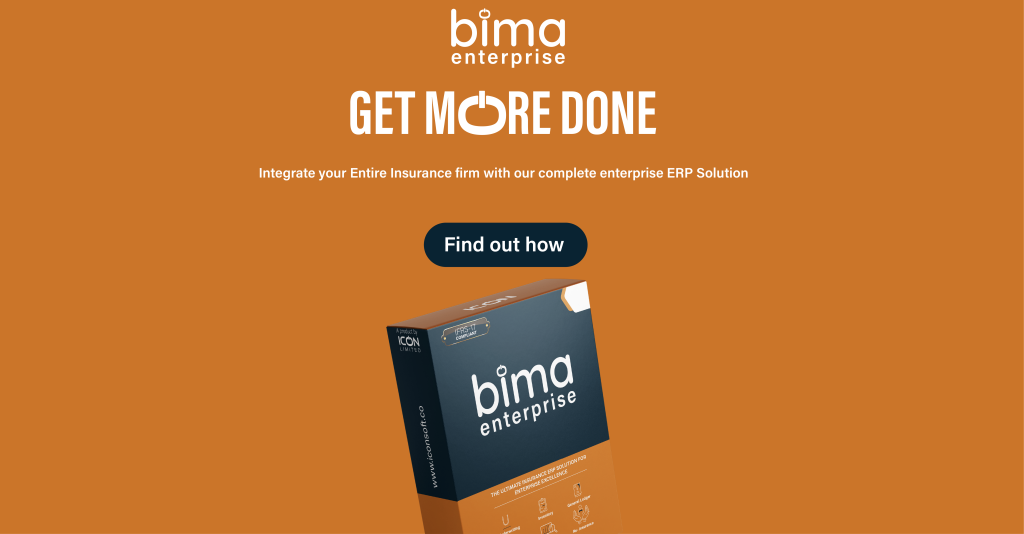In today’s fast-paced business environment, efficiency, accuracy, and scalability are non-negotiable. Whether you’re a small business owner or managing a growing enterprise, the tools you use to manage operations can make or break your success. Enter Bima ERP—a modern, cloud-based solution designed to streamline workflows and empower businesses. But how does it stack up against other ERP systems and traditional manual processes? Let’s dive in.
The Contenders: Bima ERP, Other Systems, and Manual Systems
- Bima ERP: A comprehensive, cloud-based ERP system tailored for small to medium-sized businesses. It offers automation, real-time data, and seamless integration across modules.
- Other Systems: Competing ERP solutions like QuickBooks, SAP, or Oracle, which often come with higher costs and complexity.
- Manual Systems: Traditional methods like spreadsheets or pen-and-paper processes that are time-consuming and prone to errors

Key Differences at a Glance
| Aspect | Bima ERP | Other Systems | Manual Systems |
|---|---|---|---|
| Automation | Fully automated workflows | Partial automation | No automation |
| Integration | Seamless across modules | Limited integration capabilities | No integration |
| Real-Time Data | Instant updates and analytics | Delayed or batch processing | Manual updates, prone to errors |
| Scalability | Easily scalable | May require upgrades or add-ons | Not scalable |
| Cost | Affordable subscription model | Expensive licenses | Low upfront cost, high long-term |
| User Experience | Intuitive and user-friendly | Varies by system | Dependent on user expertise |
Why Bima ERP Stands Out
1. Affordability
Bima ERP is designed with small to medium-sized businesses in mind. Unlike other ERP systems that come with hefty licensing fees and hidden costs, Bima ERP offers a cost-effective subscription model. This makes it accessible for businesses that want to leverage advanced technology without breaking the bank.
2. Ease of Use
One of the biggest challenges with other ERP systems is their complexity. Bima ERP, on the other hand, boasts an intuitive interface that requires minimal training. Whether you’re tech-savvy or not, you can quickly adapt to the system and start reaping its benefits.

3. Real-Time Insights
In today’s data-driven world, having access to real-time information is crucial. Bima ERP provides instant updates and analytics, enabling you to make informed decisions on the fly. Compare this to manual systems, where data is often outdated or inaccurate, and the advantage is clear.
4. Scalability
As your business grows, so do your needs. Bima ERP is built to scale with you, offering flexible solutions that adapt to your evolving requirements. Other systems may require costly upgrades or additional modules, while manual systems simply can’t keep up with growth.
5. Automation
From invoicing to inventory management, Bima ERP automates repetitive tasks, freeing up your team to focus on strategic initiatives. This not only boosts productivity but also reduces the risk of human error—a common issue with manual systems.
The Drawbacks of Other Systems
While other ERP systems like SAP or Oracle are powerful, they often come with significant downsides:
- High Costs: Licensing fees, implementation costs, and ongoing maintenance can be prohibitive for smaller businesses.
- Complexity: These systems often require extensive training and dedicated IT support, making them less accessible.
- Limited Flexibility: They may not adapt well to unique business processes, forcing you to adjust your workflows to fit the software.
The Pitfalls of Manual Systems
Manual systems might seem cost-effective at first, but they come with hidden challenges:
- Time-Consuming: Manual data entry and calculations eat up valuable time that could be spent on growth-oriented tasks.
- Error-Prone: Human errors are inevitable, leading to costly mistakes and inefficiencies.
- Lack of Insights: Without real-time data, decision-making becomes a guessing game.
- Inefficiency: As your business grows, manual processes become unsustainable, creating bottlenecks and frustration.
When to Choose Bima ERP
- You’re a Small to Medium-Sized Business: Bima ERP is designed with your needs in mind, offering affordability and scalability.
- You Want to Automate Repetitive Tasks: If you’re tired of manual data entry and calculations, Bima ERP can save you time and reduce errors.
- You Need Real-Time Insights: For data-driven decision-making, Bima ERP provides instant access to critical information.
- You’re Planning for Growth: As your business expands, Bima ERP grows with you, ensuring you’re always equipped to handle new challenges.
Conclusion: The Clear Winner
While other ERP systems and manual processes have their place, Bima ERP emerges as the clear winner for businesses looking to optimize operations, reduce costs, and scale efficiently. Its combination of affordability, ease of use, and powerful features makes it the ideal choice for modern businesses.

Ready to take your business to the next level? Switch to Bima ERP today and experience the difference for yourself!
What’s your experience with ERP systems or manual processes? Share your thoughts in the comments below!
#BimaERP #BusinessSolutions #ERPComparison #DigitalTransformation #Efficiency #SmallBusiness #BusinessGrowth